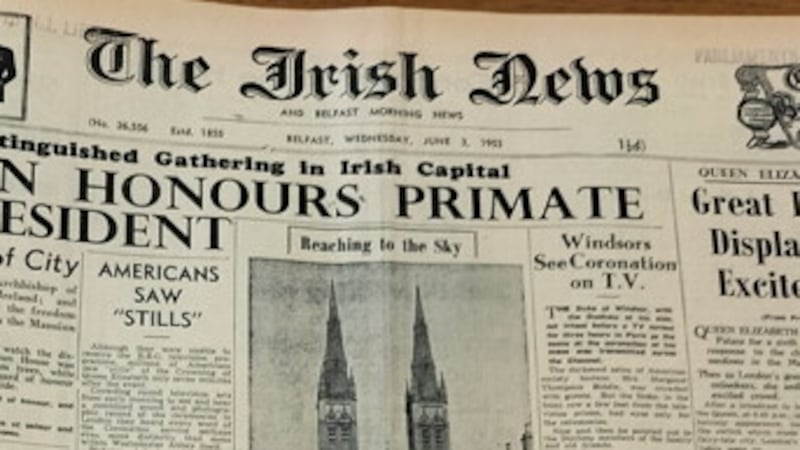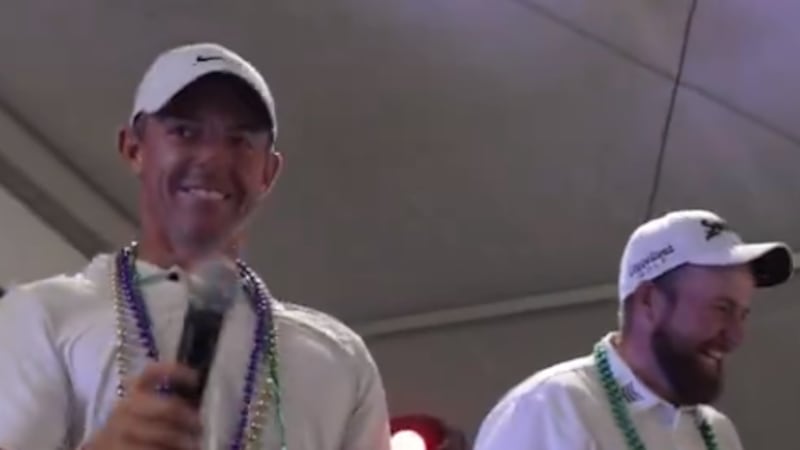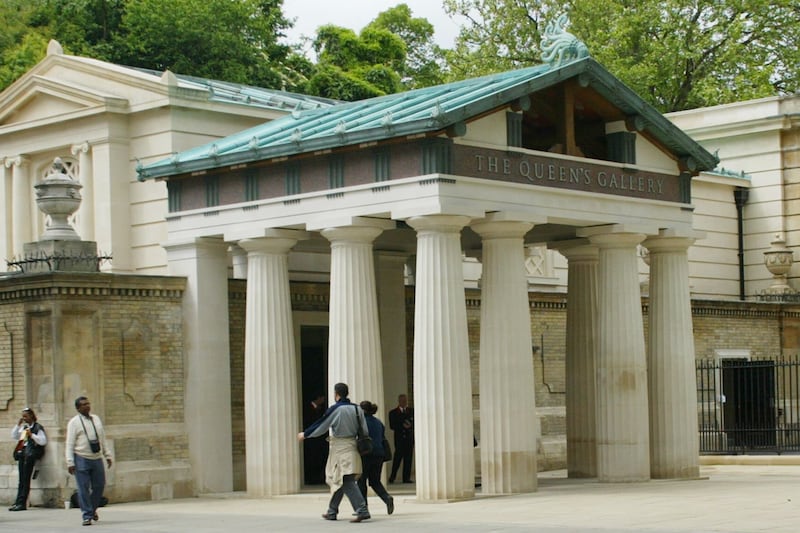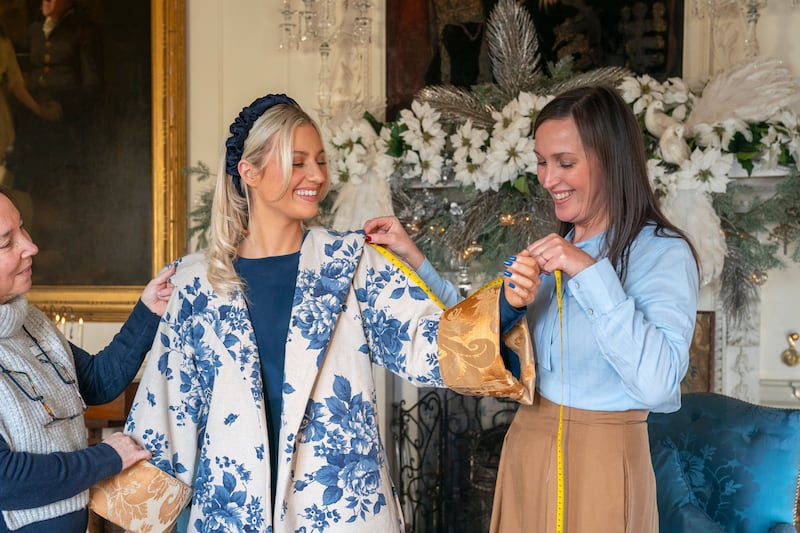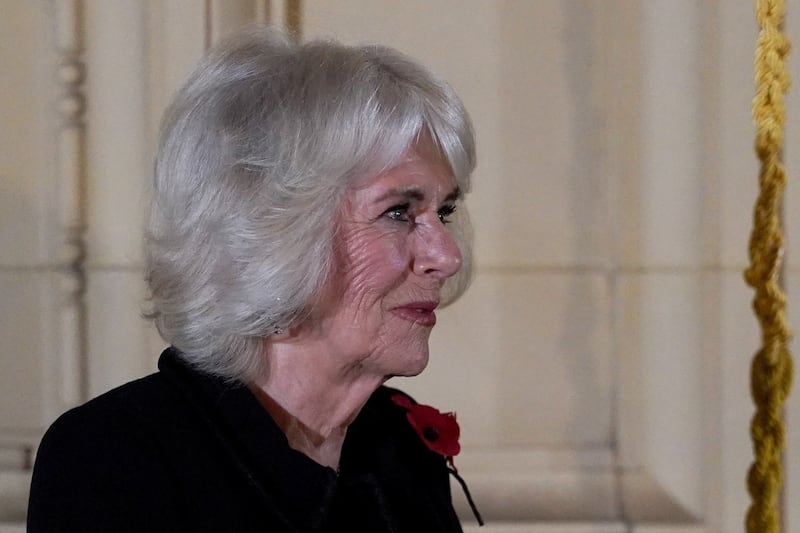Some things change, some stay the same.
President Michael D Higgins, Taoiseach Leo Varadkar and Sinn Féin vice-president Michelle O’Neill are all expected to attend Saturday's coronation of King Charles.
This is vastly different from when the last coronation of a British monarch took place 70 years ago. Official Ireland almost entirely ignored the pageantry across the water.
No representative of the fledgling Irish Republic, then led by Taoiseach Eamon De Valera and President Sean T. O’ Kelly, attended the ceremony. Indeed, none even went to a garden party at the British Embassy in Dublin.
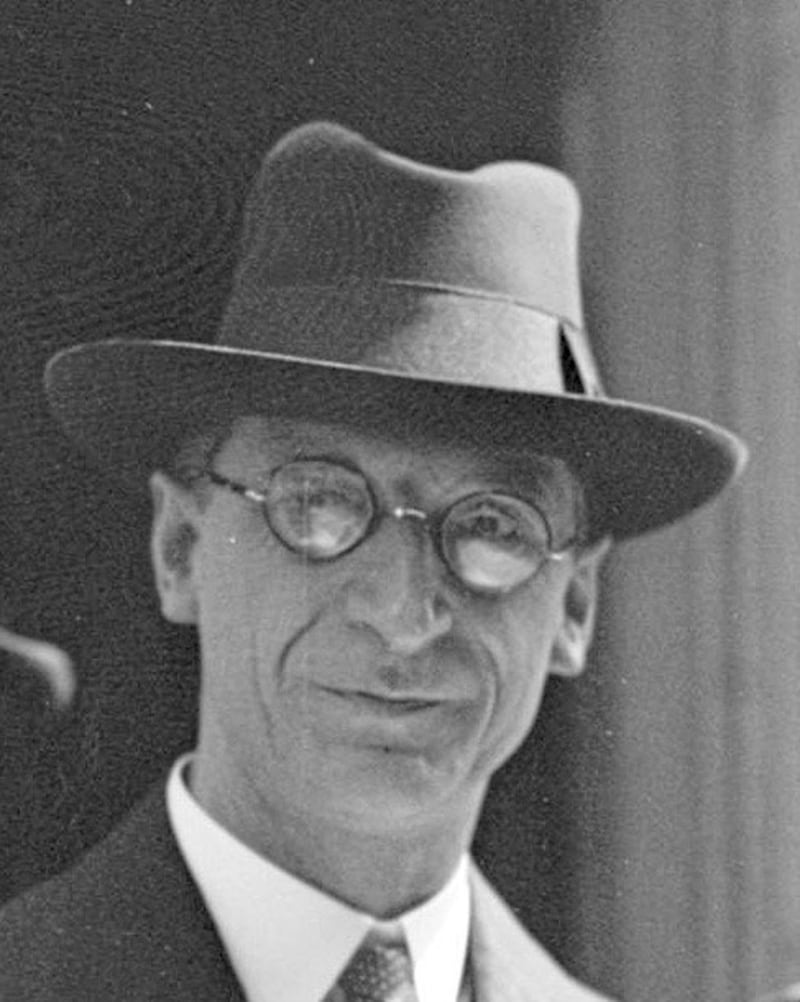
Ireland’s first Ambassador to London, Frederick Boland, did have lunch with Queen Elizabeth at Buckingham Palace. They shook hands.
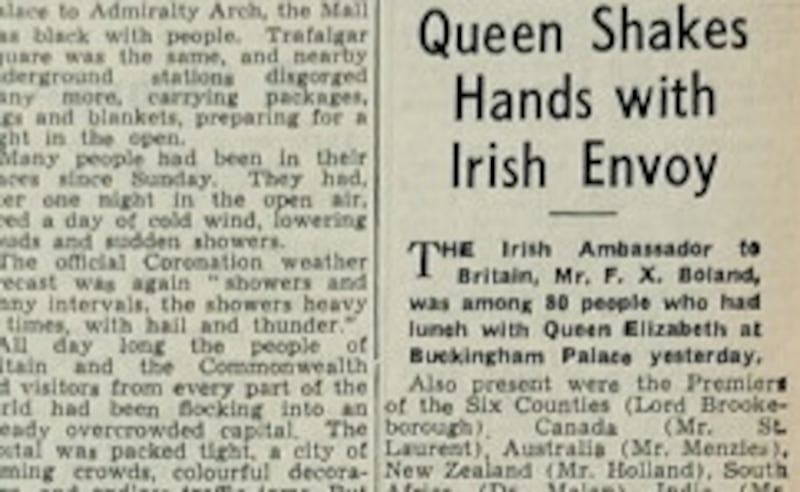
While it is all change at official level, arguably there is less on the ground in Northern Ireland where there were tensions ahead of the coronation, including over the raising of union flags in Co Tyrone.
In 1953, flags and bunting were taken down in a nationalist area of Cookstown, causing an outcry among some unionists.
The coronation was a huge occasion for those in the north’s unionist community, with streets bedecked with Union flags and bunting, including throughout the centre of Belfast.
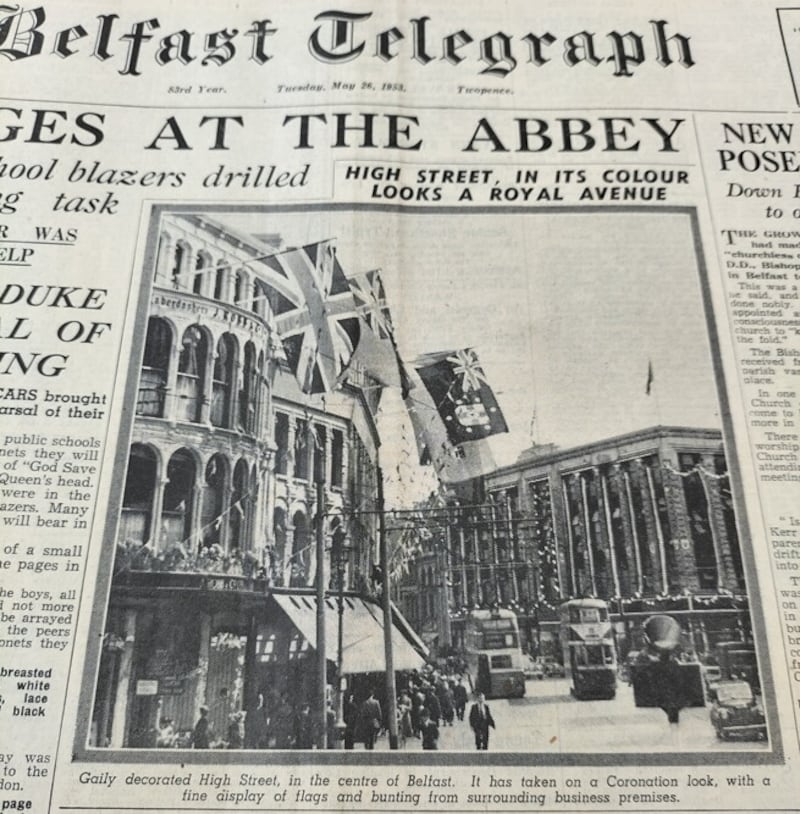
There were street parties and pages and pages of coverage over several weeks in the Belfast Telegraph and the News Letter.
The Irish News, not surprisingly, was much more muted, reporting the coronation on the front page on the day after but featuring more prominently the news that the President and Cardinal John d’Alton were named Freemen of Dublin City.
It was like the 12th of July, with bands and marches, only the parties were at the taxpayers' expense.
And there also was space on the front page of the Irish News to note the British killing 54 Mau Mau in Kenya.
Viscount Brookeborough, described in the Irish News as the Six-County Prime Minister, played a full part in the coronation, including attending that lunch with the new queen and the Irish Ambassador.
But his presence along with Lady Brookeborough almost caused a diplomatic incident between the UK – and Malta.
Maltese Prime Minister Dr G. Borg Olivier objected to being in the same carriage as Brookeborough and the leader of Southern Rhodesia, feeling he was being treated as inferior.
He threatened to not attend but was mollified after Sir Winston Churchill himself intervened. Dr Borg Olivier was given his own carriage.
While unionists celebrated exuberantly and nationalist areas simmered in the north, across the border there appeared to be quite a number of people keen to catch the coverage of the coronation, particularly around Dublin.
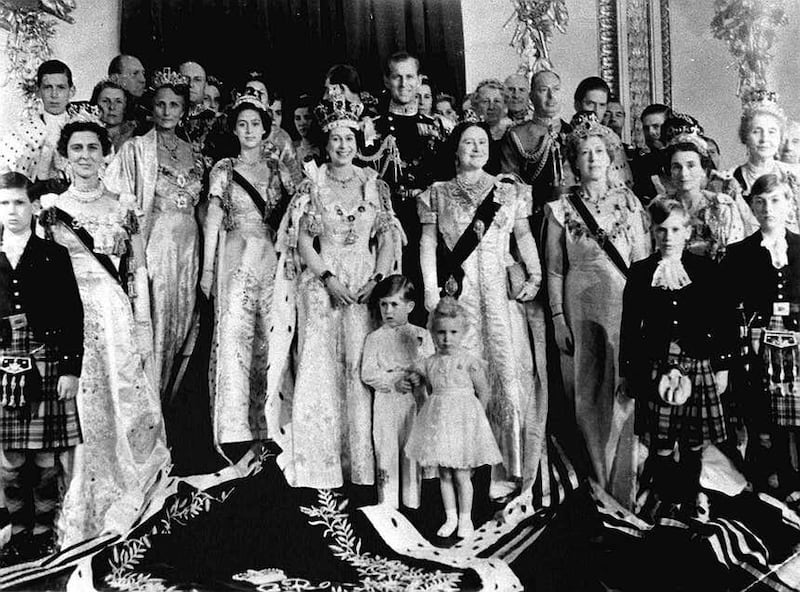
The Irish Times noted that parts of Dublin appeared very quiet during the ceremony, surmising many people were listening on the radio. There were few televisions and the reception was extremely poor.
But some public houses able to afford a television attempted to catch a signal, including one in Sandyford, south Dublin, where "the precise moment of the crowning was seen clearly".
Elsewhere, in a Marlborough Street bar, a man fled after smashing the television, while a picket was held outside the British Embassy.
Anti-partionists did threaten to attack any cinema showing the coronation film arriving in the days after the ceremony, prompting Justice Minister Gerald Boland to promise the protection of the state.
Copies found their way to halls and private homes, while numbers travelled across the border by train and bus to watch the film.
It was even reportedly shown at Garda HQ, leading to letters of complaint and a claim in return it was only broadcast as part of a training exercise in the finer points of crowd control.
